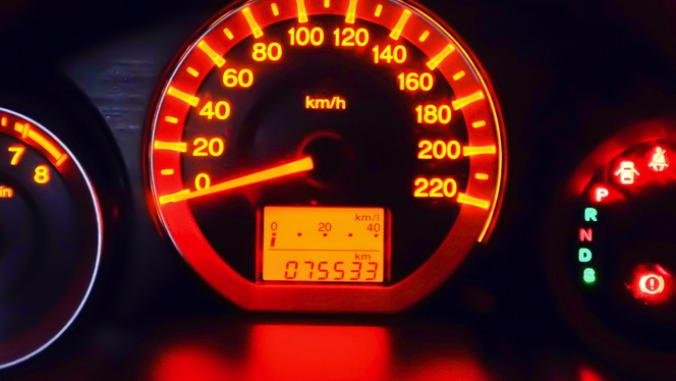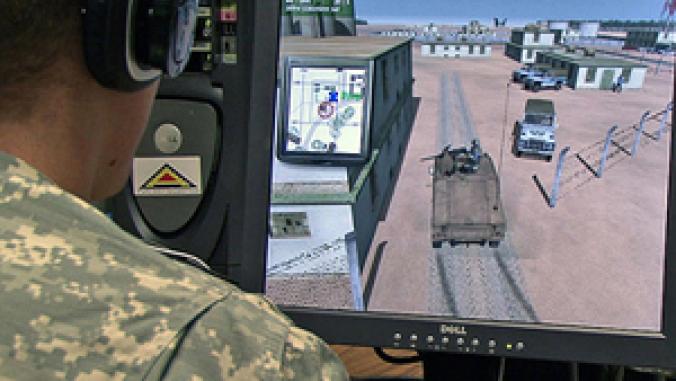Sprint Nextel to Target Manufacturing Supplier Emissions
<p>A supply chain carbon footprint analysis revealed that manufacturing is Sprint Nextel's largest hotspot. Now the company will engage these suppliers to manage their emissions -- before asking them to have their own suppliers do the same.</p>

Image CC licensed by Flickr user jeff_golden
Sprint Nextel will call on its manufacturing suppliers to measure, report and reduce their greenhouse gas emissions, before asking them to have their own suppliers do the same.
A newly published analysis revealed that Sprint Nextel's manufacturing suppliers represent the largest source of supply chain emissions for the wireless communications giant. Manufacturers produce 83 percent of Sprint Nextel's total supply chain carbon footprint, while its top 10 suppliers account for 78 percent of total supply chain emissions.
"What was most surprising to see is just how much of our carbon emissions are wrapped up with just a few of our suppliers," said Darren Beck, Sprint Nextel's corporate responsibility manager.
Consulting firm Trucost performed the supply chain assessment in about four weeks, setting the stage for the next phase of Sprint Nextel's climate change supplier strategy.
"At this point, we're now preparing for how we will begin engaging our suppliers. As part of that process, the manufacturing suppliers will certainly be the first group we will be engaging," Beck said. "But that model by itself will be a bit of a challenge because of the other insight we gleaned from Trucost."
Although 83 percent of Sprint's supply chain emissions can be traced to manufacturers, only 7 percent is directly attributable to those suppliers.
"What that means is 93 percent of those emissions in our supply are really wrapped up with suppliers' suppliers, and with their suppliers," Beck said.
As a result, Sprint Nextel will begin a conversation with its manufacturing suppliers and ask that they do three things: track and publicly report their emissions if they haven't already done so; set a public emissions reduction goal; turn to their own suppliers and begin the same kind of dialogue.
"We're going to ask them to have that same conversation around tracking, reporting and reduction goals with their suppliers, and on up the chain," Beck said. "Once you get one or two connections removed, that is still something that we're still trying to figure out, as would anyone else who's taken any in-depth look in this space, is how do you drive that change further upstream. We'll be working on that one for a while."
Sprint Nextel has committed to reducing its own absolute emissions by 15 percent by 2017. The company also wants 90 percent of its suppliers to meet its social and environmental criteria by the same year.
Laying the foundation for the initiative are Sprint Nextel's efforts to make its devices greener by removing environmentally sensitive materials and improving energy efficiency, Beck said. Over the last two years, the company has communicated to its manufacturers its vision for more environmentally friendly products, along with design requirements and a scorecard to measure progress.
It remains to be seen if Sprint Nextel will also begin the dialogue with other types of suppliers, such as those in its next two carbon-intensive sectors: Professional, Scientific & Technical Services and Information Services. These sectors, combined with manufacturing, represent 95 percent of Sprint Nextel's supply chain carbon footprint.
Beck called the analysis from Trucost a low-cost way to get visibility into its supply chain emissions without having to burden its supply chain department with a new mandate. Trucost analyzed Sprint Nextel's 162 top suppliers by expenditures, using a database that tracks the environmental impacts of more than 4,000 companies and 464 different categories of business activities, layered with public disclosure data that is scrubbed for accuracy.
Using the database, rather than collecting actual supplier data, reduces time and cost, according to Cary Krosinsky, Trucost's senior vice president. Thirty-four suppliers were already included in the database. Costs may vary, but a typical Trucost carbon footprint analysis of a supply chain covering fewer than 200 suppliers may run in the $15,000-$25,000 range.
Scope 3 emissions -- the indirect emissions produced outside a company's four walls -- have gained increasing attention in recent years as companies learn these emissions may dwarf their own direct emissions. Scope 3 emissions are also difficult to track and rarely reported, but companies will soon have another resource when the World Resources Institute and World Business Council for Sustainable Development finalize a new carbon accounting standard later this year. Walmart, Procter and Gamble, BT and PG&E are among some of the largest companies to publicly announce aggressive efforts to reduce their supply chain emissions.
"We're seeing kind of a mini-revolution in the last year or so in corporate activity in this space," Krosinsky said.
Some companies do so as part of a collaborative effort with partners such as the Carbon Disclosure Project, Krosinsky said, or perform an analysis privately to use internally or in conversations with suppliers.
"There are many other corporates considering taking steps like this but perhaps haven't quite done so yet," he said. "I think the number of large companies who feel like they can't do something about these things is getting smaller."
Image CC licensed by Flickr user jeff_golden.
Want to move beyond spreadsheets to manage carbon data but are confused by the large number of vendors? Groom Energy and Greenbiz.com have teamed up for the 2011 Enterprise Energy and Carbon Accounting Buyers Guide to give you a clear understanding and analysis of this rapidly expanding market based on meetings, demos, and analysis with 32 software vendors.





